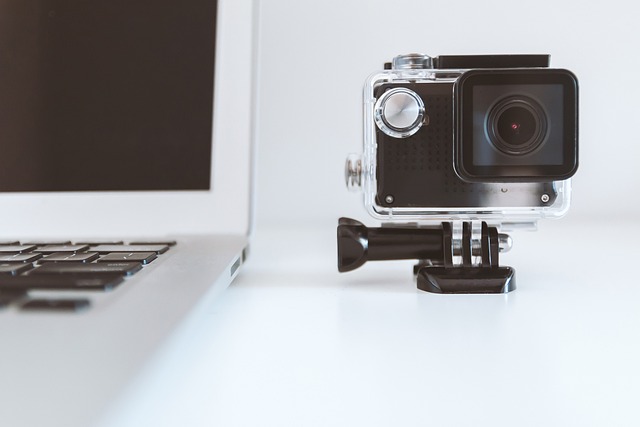The storyboard not only makes it much easier to coordinate a real shooting on the day of shooting. It also helps, for example, to simplify coordination between customers and production companies when planning a 3D animated film. With the help of the storyboard, the entire scope of a film can be recognised and, if necessary, it is already possible to estimate whether all the desired emotions and information are conveyed.
The brains of the shoot: The shooting schedule
To ensure that the vision of the project runs like a red thread through the process of making the film, it is important to draw up a shooting schedule. This serves as a kind of checklist for the video shoot and records which scenes are shot when and where. After all, you don’t shoot the scenes in the order in which the audience will see them in the film. A shooting schedule is an important part of every film so that no scenes and shots get lost in the confusion. In this way, scenes can be filmed as cost-effectively and time-efficiently as possible – for example, when shooting at several locations. If unforeseen delays occur (e.g. due to bad weather), individual scenes in the shooting schedule can be changed or brought forward. This prevents the film team from having to wait for rain or sunshine while they are shooting their thumbs.
Once the shooting schedule has been drawn up, locations are searched for and, if necessary, filming permits are obtained. These are necessary, for example, when filming in public places or when the use of a drone is planned. During the so-called motif tour, the director and cameraman visit the locations and check them for the feasibility of the planned shooting. Of course, the availability of certain locations can turn the shooting schedule upside down. Adjustments are often unavoidable here.
From theory to practice: props and actors
As soon as the theoretical part of the conception is completed, the production team starts working on the „visual“ part. Props lists are created to match the film location, the requirements and the corporate identity of the respective company itself, and required props are rented or purchased. If actors and/or extras are used in the film, they will be cast according to the specifications defined in the production meeting. Often, instead of professional actors, employees of the respective company are also involved.
This happens during pre-production:
- Concept meetings
- Creation and release of a storyboard and script
- Determination of the film length
- Creation of a schedule and detailed daily dispositions
- Determination of the shooting locations
- Preparation of the props list
- Casting of the performers
- The production
When ideas become pictures: The video shoot
The film production companies germany process involves filming the scenes captured on the storyboard. Three important factors in particular are responsible for the quality of the film: camera, sound and light.
However, before shooting starts, the shots are usually staged again with the actors. This means that all movements and emotions are run through again. Only when all crew members (director, camera, lighting, actors) are satisfied with the preparation, the scene is recorded.
It is not unusual for a single take to have to be repeated anyway – and does not mean that the director is dissatisfied with the actors. In most cases this is only due to the safety aspect: The multiple recording of a scene simply gives more options in video editing.
Something for the eye: The camera
The camera settings, perspectives and movements recorded on the storyboard before shooting begins are set up on the set by the cameraman and the camera assistant. When shooting with amateur actors (e.g. in a recruiting video) it is also important that the camera reacts to spontaneous and unpredictable actions of the main characters. Often productions in which no professional actors are used, are therefore less based on a fixed shooting or camera concept as is the case with feature films, for example.
Because every single movement of the camera influences the film image and thus also the effect of the recorded scenes, the cameraman can say something without words – i.e. only about the images. For this reason, the camera department, in consultation with the director, should determine before each scene whether the camera will move with the protagonists or remain in a fixed position, for example on a tripod.
It is also important to determine which area of the picture should be in focus and which should be out of focus. These decisions can only be made to a limited extent in the storyboard, as their effect often only becomes apparent in the camera image.
Events that in reality take up a longer period of time are of course usually reduced in the film. If this were not the case, the audience would lose interest quite quickly. Your trade fair appearance, for example, took several days? In your trade fair film, the highlights of your appearance reflect the most interesting events in just a few minutes. Experts differentiate here between „narrated time“ (final length of the video) and „narrated time“ (actual length of the trade fair). During a cut, the film time is thus shortened more and more in relation to real time.
Even changes of location, for example from your trade fair stand in hall A to your stage presentation in hall B, do not have to be reproduced in detail in the film. What is important is that the audience can follow a story without any problems despite the jumps in time and space. A good cut does just that. As a stylistic device, or to challenge the „classic“ viewing habits of the audience, such jumps are used here and there, but in general it can be said that observing them leads to a coherent, understandable result.
